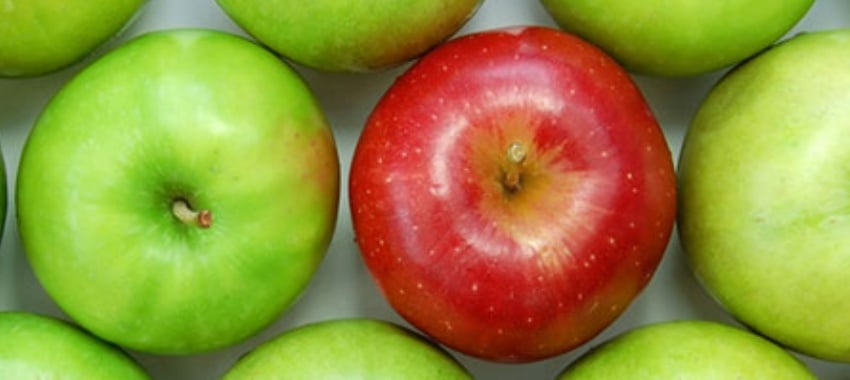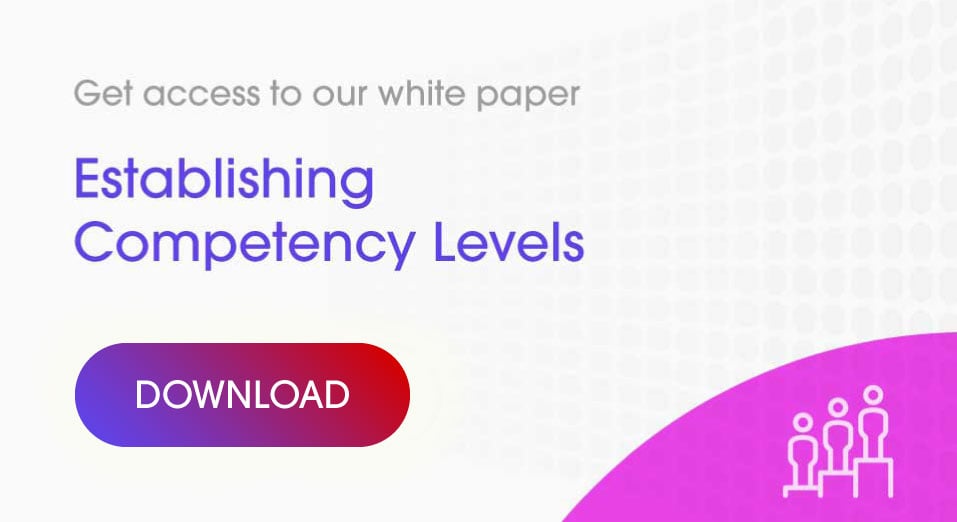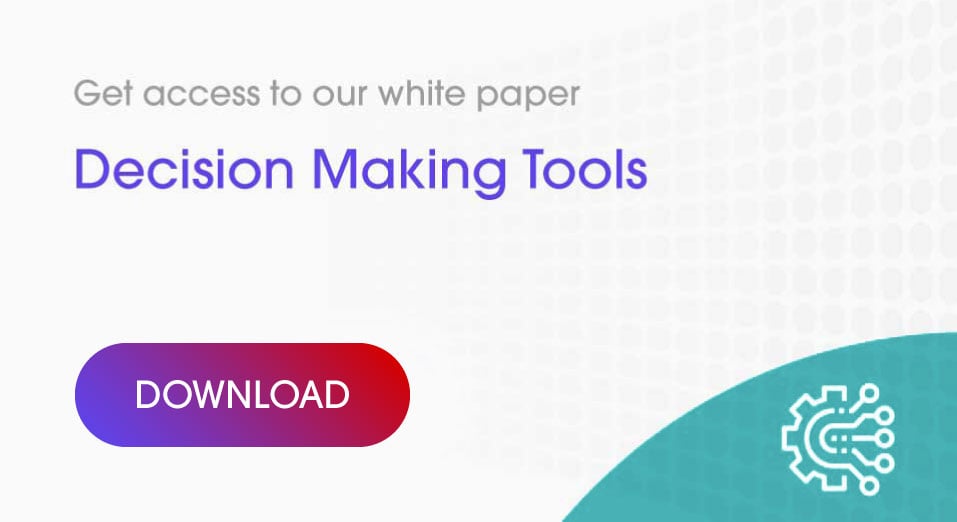Carryover describes the ongoing effect of our marketing investment (visits, emails, congress activities…) on sales revenue generated over time.
The level of carryover is generally described as a percentage of current sales maintained if we were to reduce our marketing investment to zero. Carryover reflects the dynamic of customer loyalty – at what level of current sales will existing customers continue to buy if we stop all investment.
What is the carryover effect?
Carryover is specific to:
- market conditions,
- therapeutic areas and
- product lifecycle.
It can range from low values of 50% in highly competitive markets to higher than current sales, for example values of 120-140%.
Carryover of greater than 100% is seen in quite specific situations: for newly launched products where there is a huge amount of demand already present in the market boosted by promotional activities, or when competitors’ products are removed for example.
a. Low carryover effect
Products for acute treatment (e.g. antibiotics) tend to have a lower carryover effect than chronic treatment products. This seems logical in that for an acute treatment a physician needs to make a conscious choice each time, whereas for chronic treatment a physician must make a conscious choice to stop or change the prescribed treatment.
There are exceptions, such as asthma or psychiatric medication where the psychological impact of a fast response may play a role; for such products carryover is typically very high, whether used in acute or chronic treatment.
b. High carryover effect
Normally we see the highest carryover for products with limited competition, newly launched products with a significant launch promotion, and mature products with a high level of satisfaction or predictability.
For example a client in France was afraid to reduce 30 FTEs representatives’ visits for a 40 year old product even though the carryover was calculated at 98% and other products showed a more urgent need for promotion. To test the carryover hypothesis, promotion was stopped completely in several geographic areas and after the first year sales in those test regions decreased by only with a 1-2%, convincing them to immediately stop wasting their valuable resources on this product.
c. Carryover data visualisation
The Graph 1 below shows the carryover effect on existing sales and incremental sales which are created by promotional activity.
This is a key cornerstone in the calculation of ROI of the investments into activities and can reveal some undiscovered situations where companies potentially overinvest or underinvest in particular products. The whole process of Resource Optimization focused on Portfolio Optimization and Sales Force Sizing and Structure using Carryover results is discussed in other articles on the Actando blog.

How can you finally calculate the carryover?
There are several methods you can use to estimate and/or calculate the carryover. We mainly use statistical methods and estimation of experienced people/experts usually from sales and marketing team.
Different countries have different level of data granularity and data quality. Whether you use the simplest method or complicated statistical investigation, the magic is in the right balance or combination of the different methods adapted to the specific country conditions. Putting appropriate weights for each can dramatically improve precision and increase team trust in the final results.
Let's have a look at the most frequently used methods.
a. Vacant territories analysis
This is usually the easiest method and shows carryover directly on sales results in territories with no promotion for different reasons (sickness, time to recruit, time off).
The duration of vacancy is an important parameter and results are best when there is data for at least 8-12 months without promotion. Although it is reasonably simple, it is not often used except for countries with such a long term vacancy.
Other factors to consider in such a study include:
- seasonality,
- short term impact of a vacancy and also
- the number of vacant territories which may play an important role in the validity of the results.
b. Ranking and R Squared analysis
Statistical methods of calculating carryover are strongest when there is at least 24 months product and market sales data available in high granularity.
In the Brick Ranking Principle the lowest performing - 90th percentile - bricks/minibricks in sales growth are assumed to have little activity or low impact activity and correspond to stopping promotion giving you the carryover directly.

R2 analysis is correlation analysis showing dependency of year-to-year results by brick and assumes that this trend will continue next year/s. The result can support the previous method used. The example result (105%) you can see below:

c. Estimation and Delphi method
Two methods based on internal team expertise are generally conducted by experienced sales and marketing people.
- The basic estimation method uses pharma industry benchmarks that can help you check your carry over calculations if you have a similar situation to what has occurred to a competitor.
- The Delphi method uses an independent estimation of each person to calculate a median or average expected result.
Carryover Effect Conclusions
Within the Actando Carryover tool you can see the typical parameters influencing carryover estimation.
As stated earlier, the proper combination of results from different methods increases the precision of the carryover calculation.
For best results always include a cross functional and experienced project team, with commercial excellence, sales and marketing experts.
If you are interested in our mobile decision making tools for Commercial Excellence, contact Actando.
The Actando Consulting Team









-919514-edited.jpg?t=1495534852323&width=850&name=commercial-excellence-tool%20(1)-919514-edited.jpg)


